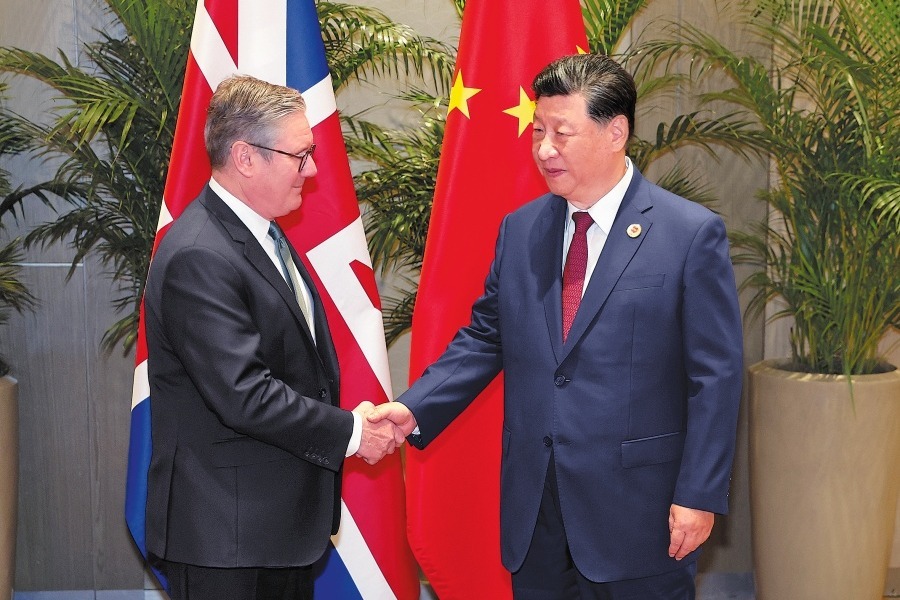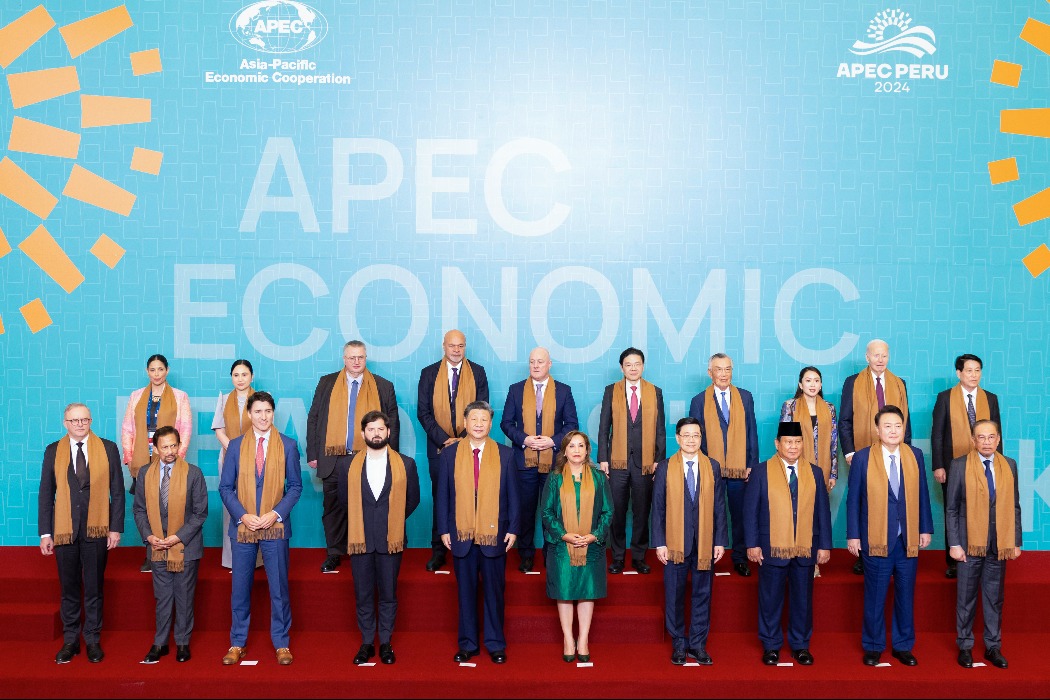Internationalizing the renminbi


A more market-oriented exchange rate system, more cross-border capital flows and more effective policy tools are needed
Editor's note: The world has undergone many changes and shocks in recent years. Enhanced dialogue between scholars from China and overseas is needed to build mutual understanding on many problems the world faces. For this purpose, the China Watch Institute of China Daily and the National Institute for Global Strategy, Chinese Academy of Social Sciences, jointly present this special column: The Global Strategy Dialogue, in which experts from China and abroad will offer insightful views, analysis and fresh perspectives on long-term strategic issues of global importance.
In order for a currency to become international, the country must have well-established and open financial markets, which provide a diverse range of financial assets for investors, facilitate the flow of domestic currency, and consequently enhance the willingness of foreign investors to hold the currency. Therefore, accelerating the development and opening-up of China's financial markets is of great significance in promoting the internationalization of the renminbi.
China's financial markets have enjoyed rapid growth. The Chinese stock market has become the world's second-largest after the United States', with nearly 600 billion yuan ($82.1 billion) raised through A-share IPOs in 2022, making it the largest market for IPO fundraising that year. China's bond market has also grown to become the world's second-largest after the US', with the balance of bonds under custody reaching 14.48 trillion yuan at the end of 2022.
The size of China's derivatives market has also expanded rapidly, with onshore futures and options trading volume accounting for over 20 percent of the global total in 2022, ranking second in the world.
China's financial markets have further opened up. In recent years, a two-way pattern that connects China's financial markets with overseas markets has gradually taken shape through mechanisms such as QFII, RQFII, Shanghai-Hong Kong and Shenzhen-Hong Kong Stock Connect, Bond Connect, Exchange-Traded Funds (ETFs), and currency swaps. The QDII system provides a channel for domestic investors to invest overseas. As of the end of 2022, the State Administration of Foreign Exchange had approved cumulative QDII quotas of over $160 billion. Policies supporting domestic companies to list overseas have also been introduced.
China's financial markets are gaining traction among foreign investors. A-shares have been included in major global indices such as MSCI, FTSE Russell and S&P Dow Jones. Chinese government bonds have also been included in the three major international bond indices.
Overseas investors are increasing the allocation of renminbi-denominated assets. By the end of 2022, they held a total of 9.6 trillion yuan of renminbi-denominated assets in China including deposits, loans, stocks and bonds.
Despite the fast growth of China's financial markets, there are still weak points in the breadth, depth and openness, which may to some extent hinder the further internationalization of the renminbi.
The size of China's financial markets are disproportionate to its economy. In 2022, China's GDP was over 70 percent of the US', while its capital market size was only about 20 percent of the US'.
By the end of 2022, overseas investors held 5 percent of Chinese stocks in terms of market capitalization and 2.4 percent of Chinese bonds, which are much lower shares compared with developed economies like the US and some developing economies such as Malaysia and Indonesia.
The level of openness of China's financial markets is insufficient. According to the Chinn-Ito Index (KAOPEN), the index for China's financial openness stood at 0.16 in 2020, lower than that of major industrialized countries. According to the OECD, the foreign direct investment regulatory restrictiveness index in China was 0.05 in 2020, ranking 46th among 84 economies from low to high restrictiveness.
China's financial service needs improvement. Investors often have to go through complex procedures and bear high costs in order to conduct business in China. There is also a lack of coordination among various market policies and channels.
To drive the development and openness of China's financial markets, more efforts need to be taken in the following areas.
First, diversify financial products and improve the supporting systems. Financial markets should not only offer a variety of financial products, such as bonds and stocks, but also provide investors with different types of financial derivatives like futures and options. Furthermore, it is crucial to continue enhancing the supporting systems such as the Cross-Border Interbank Payment System to facilitate the flow of renminbi-denominated assets in China and internationally.
Second, integrate various existing channels and policies. Ongoing financial system reforms should be pursued, in order to refine access regulations, accounting standards and tax systems as well as to align them with international standards. This will help create a more market-oriented and investor-friendly investment environment.
Third, steadily open the capital accounts. For Shanghai-Hong Kong and Shenzhen-Hong Kong Stock Connect, trading mechanisms need to be improved and eligibility should be expanded. Enhancing bond connect requires optimizing trading processes, diversifying investment instruments and relaxing capital flow restrictions. Additionally, it is important to accelerate the pilot and promotion of capital accounts in free trade zones or ports.
Fourth, fully leverage international cooperation platforms to promote openness. China has close economic and trade ties with partner countries of the Belt and Road Initiative, which can be leveraged to promote financial markets' openness.
The signing of the Regional Comprehensive Economic Partnership agreement will bring closer economic, trade and financial cooperation. China should attract more institutions from RCEP countries to enter its market for investment and financing, while also encouraging Chinese institutions to enter RCEP markets. Furthermore, the financial markets of China and other RCEP countries should be better connected to enable smoother circulation of the renminbi in China and internationally.
Fifth, strengthen risk control for cross-border capital flows. A higher level of financial market openness will inevitably be accompanied by large-scale cross-border capital flows, necessitating preventive and control measures for risks.
On the one hand, it is important to enhance the exchange rate system and foreign exchange market. A more market-oriented exchange rate system and a broader range of participants and product types in the market are necessary to better regulate and respond to cross-border capital flows.
On the other hand, the macroprudential framework for cross-border capital flows should be improved, which requires more effective policy tools and strengthened monitoring mechanisms to enhance regulatory capabilities.
The author is an associate researcher at the Institute of World Economics and Politics at the Chinese Academy of Social Sciences. The author contributed this article to China Watch, a think tank powered by China Daily. The views do not necessarily reflect those of China Daily.
Contact the editor at editor@chinawatch.cn.































